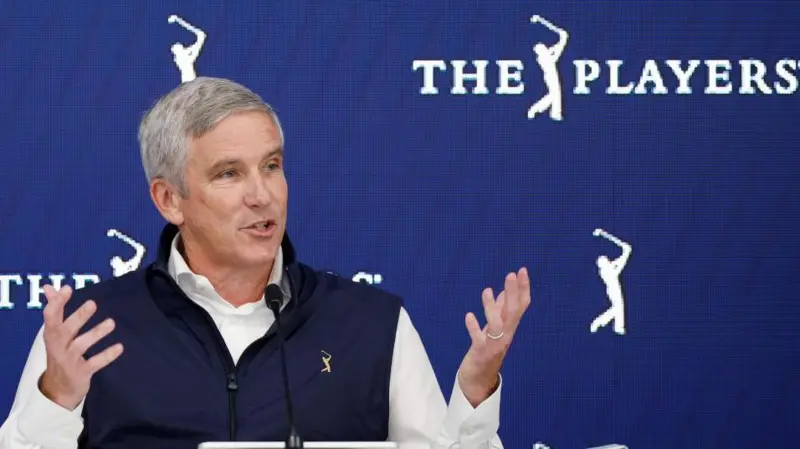
Slow Progress and Slow Play Lead PGA Tour’s Agenda at The Players Championship 2025
The 2025 Players Championship is set to be an exciting event, but it will once again be played in the shadow of a significant issue that has plagued the PGA Tour for years: slow play. As the world’s top golfers prepare to compete at TPC Sawgrass from March 13-16, there is a renewed emphasis on improving the pace of play. PGA Tour Commissioner Jay Monahan recently addressed this issue in a state of the union news conference, making it clear that slow play is now a top priority for the organization. The long-standing problem of slow play has been a topic of debate within golf for years, but now the PGA Tour is taking concrete steps to address it.
Despite efforts to address the issue of slow play, the PGA Tour continues to be divided by the ongoing feud with the LIV Golf League. This conflict has overshadowed many of the PGA Tour’s marquee events, including the Players Championship, which this year will once again be played without the presence of some of the sport’s biggest stars. While the slow play debate takes center stage this week, the tension surrounding the PGA Tour’s ongoing division with LIV remains a key issue that will not be easily resolved.
Slow Play on the PGA Tour: A Longstanding Issue
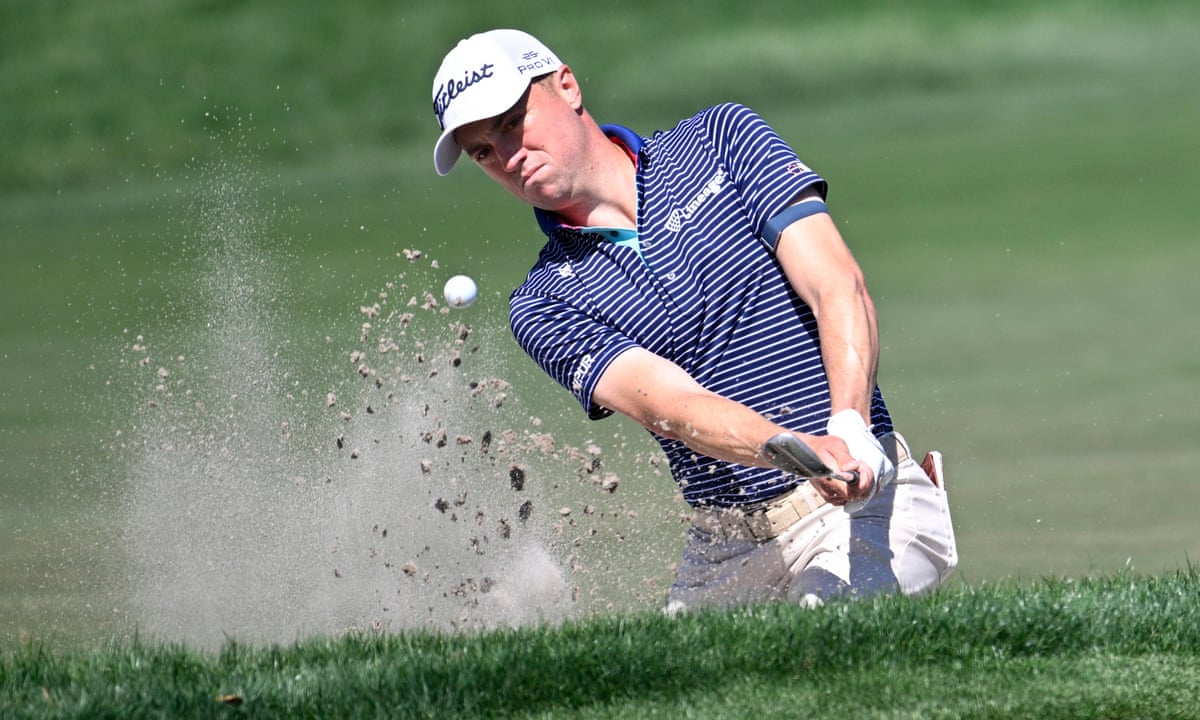
PGA Tour could name and shame slow play offenders after player unrest
The issue of slow play has been a significant problem in professional golf for years. Whether it’s players taking too long to line up shots, deliberate course management, or simply a lack of urgency, slow play has become a common complaint among fans, fellow players, and tournament organizers alike. For many years, the PGA Tour seemed to ignore the issue, and despite its growing presence in golf discourse, little was done to address it.
That is now changing. At the 2025 Players Championship, Monahan acknowledged that slow play is not only a significant issue but also one that the tour is actively working to rectify. Monahan made it clear that the PGA Tour is taking action to combat slow play by publishing speed-of-play statistics and considering stroke penalties for slow players. This is a big step for an organization that has long been hesitant to address this problem directly.
“I think it’s pretty telling that when you’ve got six player directors that sit on our boards, and you’ve got 16 members of our Player Advisory Council, there’s a lot of shaking of heads and there’s an understanding that this is an area where we need to improve,” said Monahan. This admission from the commissioner marks a turning point for the tour, as it now seeks to confront slow play head-on.
Addressing Slow Play: Concrete Steps for Change
The PGA Tour’s plan to tackle slow play includes a number of concrete steps that will be implemented in the coming months. One of the most significant measures announced is the introduction of speed-of-play statistics, which will be published later this season. By tracking how long each player takes to complete their rounds, the PGA Tour will create a clear record of who is contributing to slow play and who is maintaining a faster pace.
Additionally, the PGA Tour is set to introduce stroke penalties for the slowest players on its feeder circuits, starting on April 14. This move is intended to send a strong message that slow play will no longer be tolerated and that players must take responsibility for maintaining an acceptable pace of play. This initiative mirrors the actions of the LIV Golf League, which has already implemented similar penalties for slow play.
Range finders will also be allowed during PGA Tour events between the Masters and the US PGA Championship in May 2025. The hope is that the use of these devices will help players make quicker decisions on the course, ultimately leading to faster rounds. Monahan emphasized that these steps are just the beginning of the PGA Tour’s commitment to improving pace of play.
“We’re listening to our fans and we’re responding, and clearly this is something where they would like to see improvement,” Monahan said. These measures mark a significant shift in the PGA Tour’s approach to slow play, showing that the organization is finally recognizing the importance of addressing this issue head-on.
Player Reactions to Slow Play and the PGA Tour’s Efforts
The PGA Tour’s efforts to combat slow play have received mixed reactions from players. Some, like two-time major winner Collin Morikawa, have expressed strong support for the idea of publishing speed-of-play statistics and naming the slowest players. Morikawa believes that transparency in this regard is crucial for making improvements.
“I don’t know why you wouldn’t want it to be released,” said Morikawa. “You just have to start giving guys actual penalties, whether it be strokes or FedExCup point deductions. What I’ve learned is that monetary fines are useless.” Morikawa’s stance highlights the frustration that many players have with slow play and their desire for the issue to be addressed more aggressively.
Other players, like Justin Thomas, have also voiced their support for identifying the slowest players. Thomas admitted that he is sometimes on the slower side of things, and he believes that publicly revealing the slowest players will help motivate them to speed up. “Nobody wants to be known as that,” Thomas said, acknowledging the social pressure that comes with being labeled a slow player. “It bothers me, but I’ve talked to many officials about it, like I want to know why I’m slow.”
Overall, the consensus among players seems to be that identifying slow players and holding them accountable for their pace of play will be beneficial for the tour. While the process of implementing these changes may take time, the willingness to confront slow play is a positive sign for the future of the sport.
Slow Play at the Players Championship 2025
As the 2025 Players Championship approaches, the issue of slow play will undoubtedly be a topic of discussion. While the tournament remains one of the most prestigious on the PGA Tour calendar, it is also a place where the slow play problem has been particularly noticeable. The challenge for the PGA Tour is to balance the demands of maintaining a high level of competition with the need to ensure that the pace of play remains acceptable for both players and fans.
The absence of several high-profile golfers due to the ongoing LIV Golf feud only adds to the pressure on the PGA Tour to deliver a memorable tournament. The slow play issue, combined with the division in the sport, will continue to cast a shadow over the event. However, with the PGA Tour taking steps to address slow play, there is hope that future tournaments, including this year’s Players Championship, will see faster play and a more enjoyable experience for everyone involved.
The Bigger Picture: PGA Tour and LIV Golf
While slow play remains a significant issue, the PGA Tour’s ongoing battle with LIV Golf continues to dominate the headlines. The absence of several key players, such as Bryson DeChambeau, Jon Rahm, and Cameron Smith, who are now competing in LIV Golf, has left a noticeable gap in the field at events like the Players Championship. Their absence raises questions about the future of the PGA Tour and the possibility of a reunion between the two factions.
Despite efforts to resolve the rift, including a meeting at the White House with the Saudi Public Investment Fund’s governor Yasir Al Rumayyan, the situation remains in deadlock. Commissioner Monahan has emphasized that there is still hope for a potential reconciliation, but no concrete agreements have been made. As a result, the PGA Tour remains divided, and the future of the sport hangs in the balance.
Conclusion: Slow Play and Slow Progress for the PGA Tour
As the 2025 Players Championship kicks off, the PGA Tour finds itself facing two significant challenges: addressing the ongoing issue of slow play and navigating its fractured relationship with LIV Golf. While the tour has made strides in tackling slow play with new initiatives, the question of how to reunify the sport remains unresolved. The slow progress in both areas will continue to shape the future of professional golf, but for now, the PGA Tour is focused on making the game faster and more enjoyable for everyone involved.
With the 2025 Players Championship on the horizon, it remains to be seen whether the PGA Tour’s new approach to slow play will succeed in changing the culture of the sport. Fans and players alike are hopeful that these efforts will lead to a quicker, more enjoyable game, but the bigger issue of the sport’s division remains a lingering concern. As always, the golf world will be watching closely.


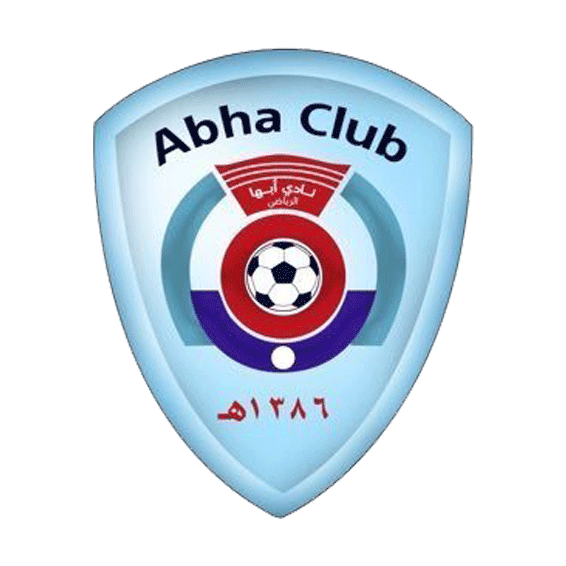
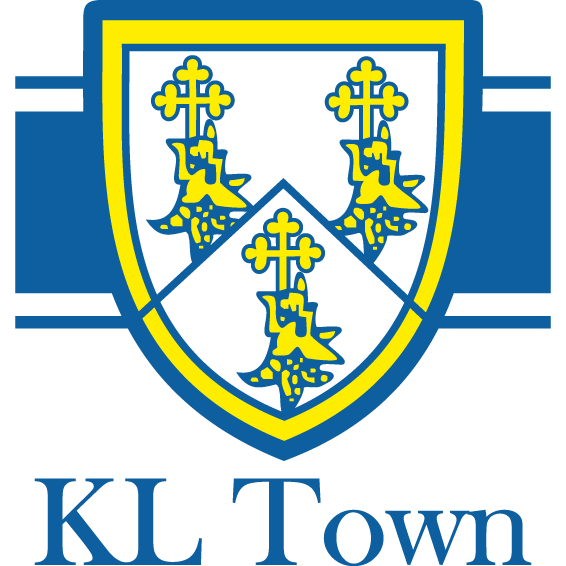
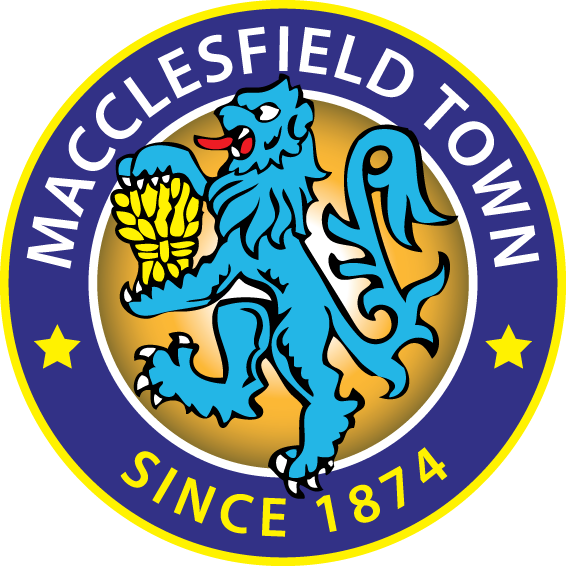


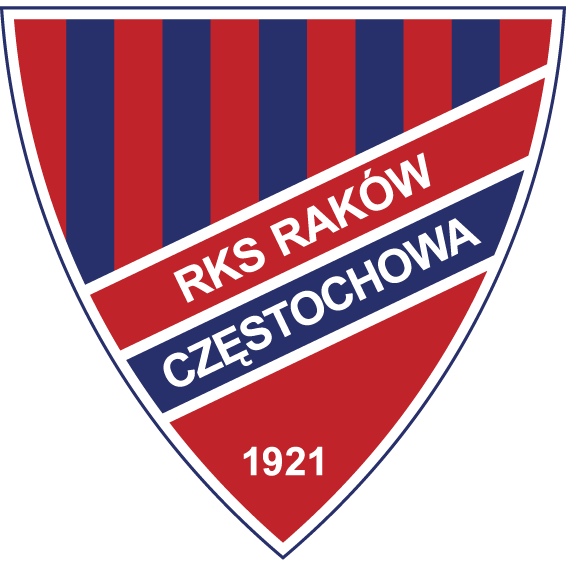
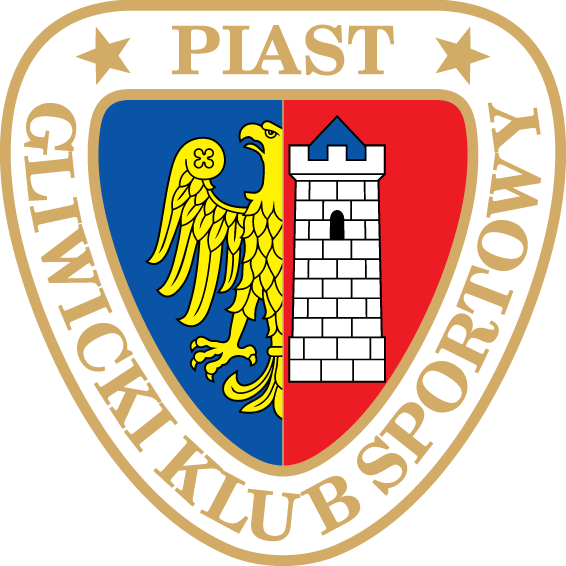
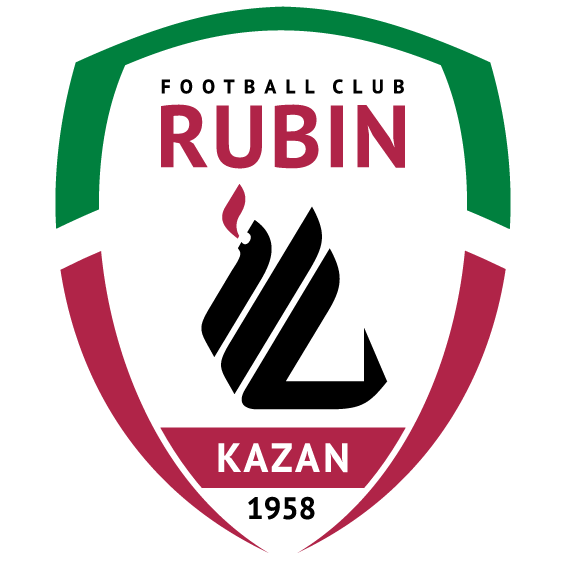

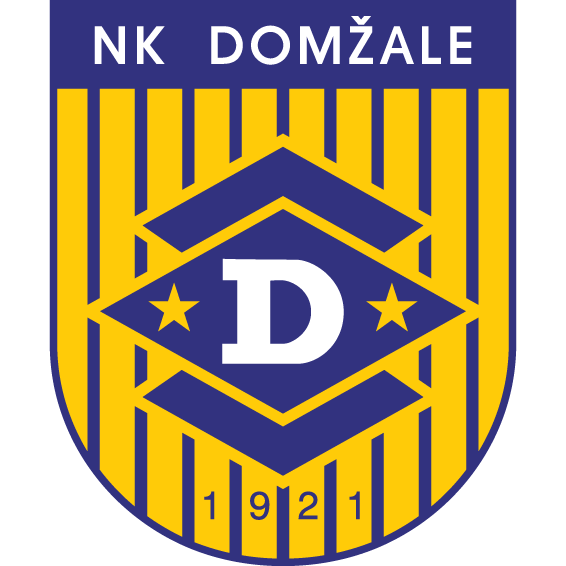
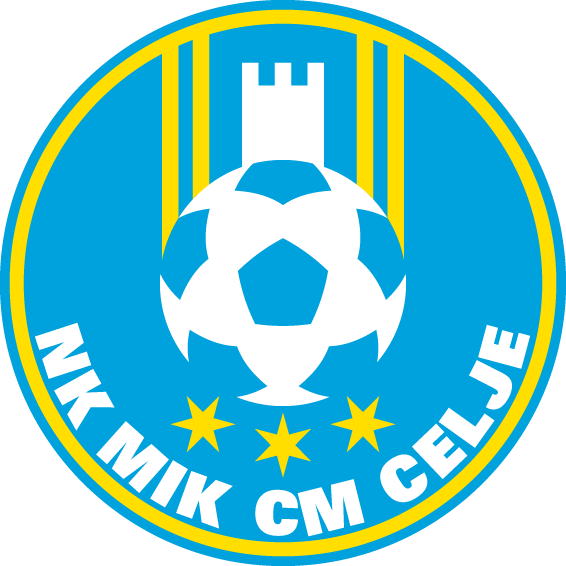


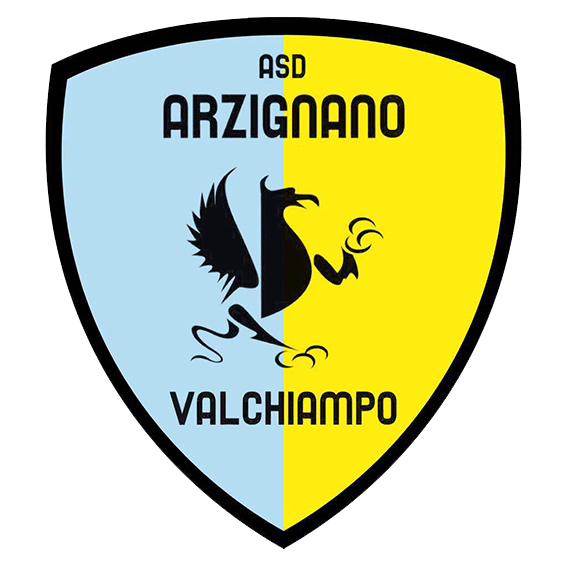


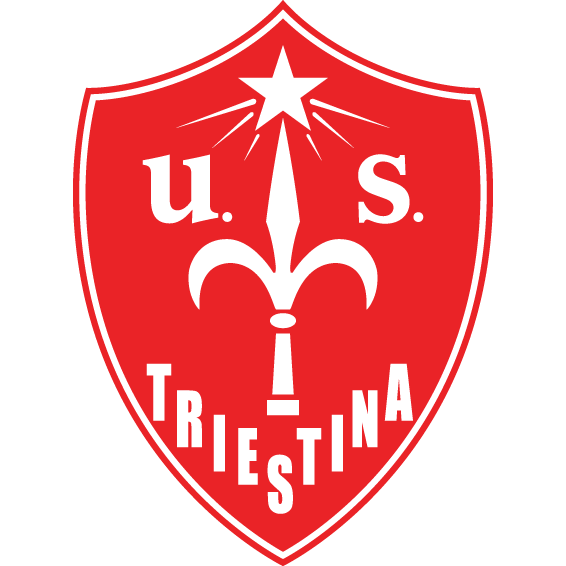
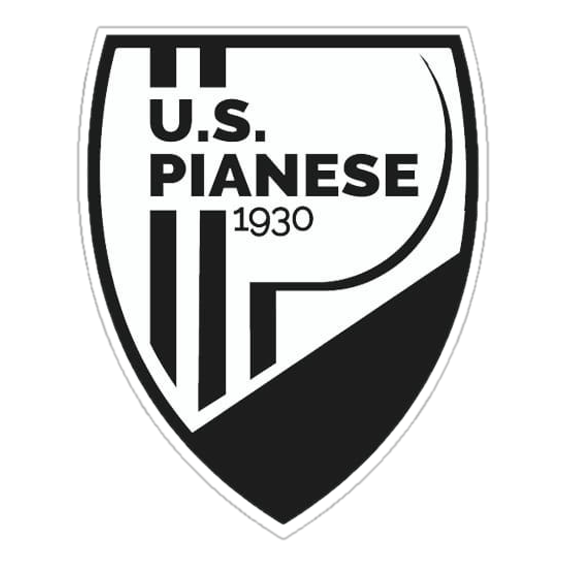

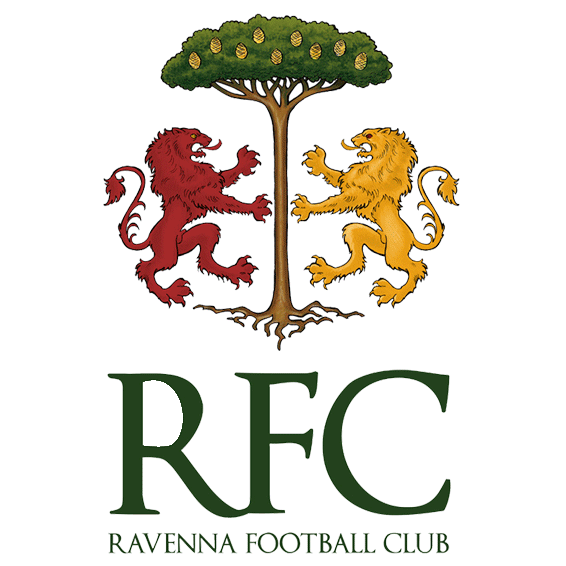

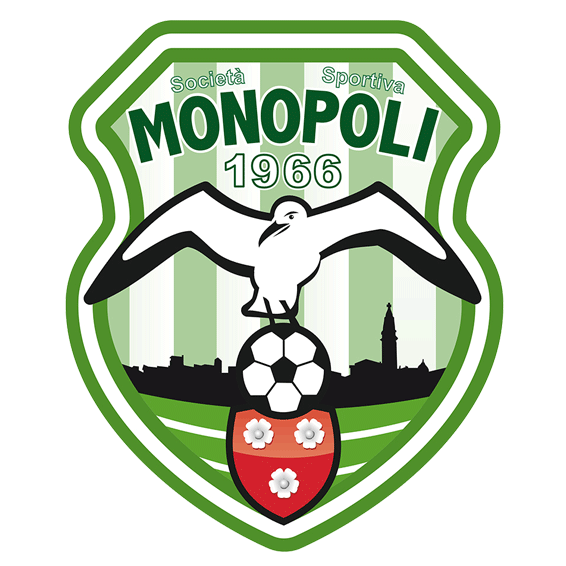





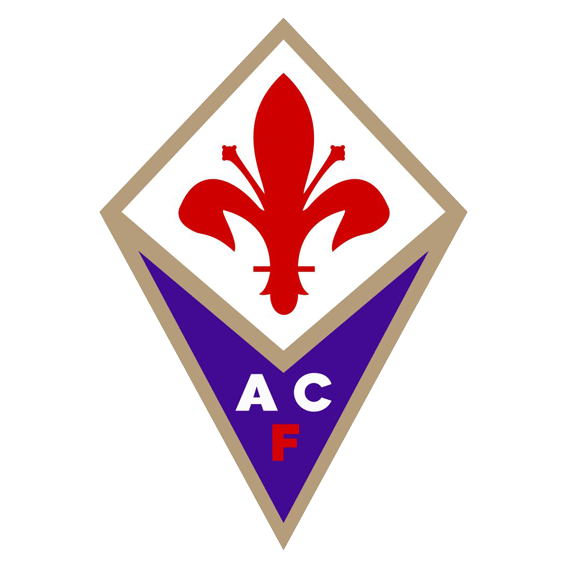
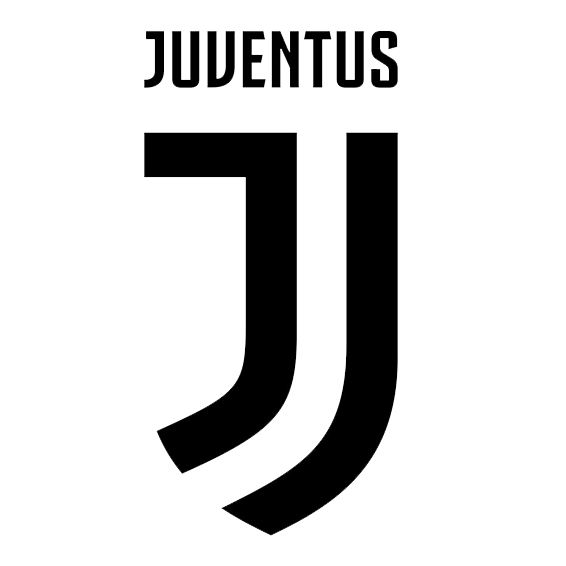

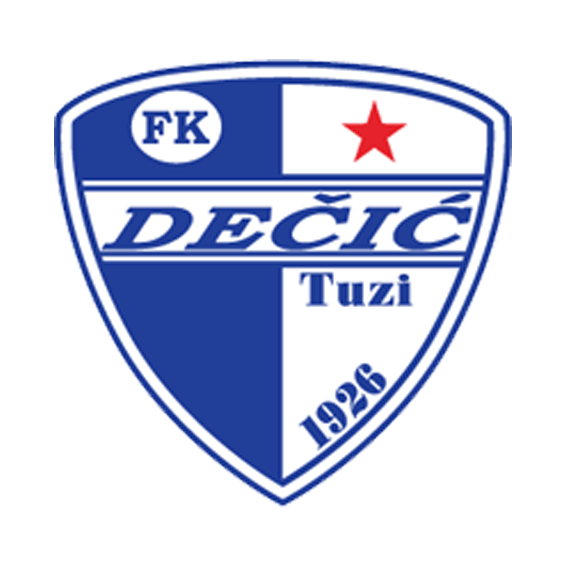

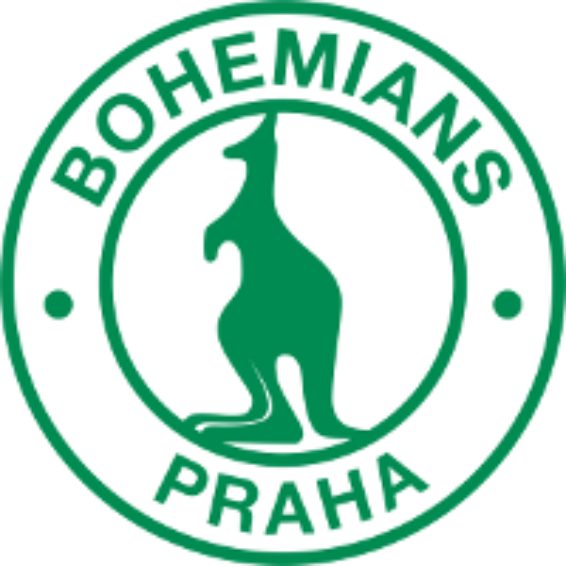
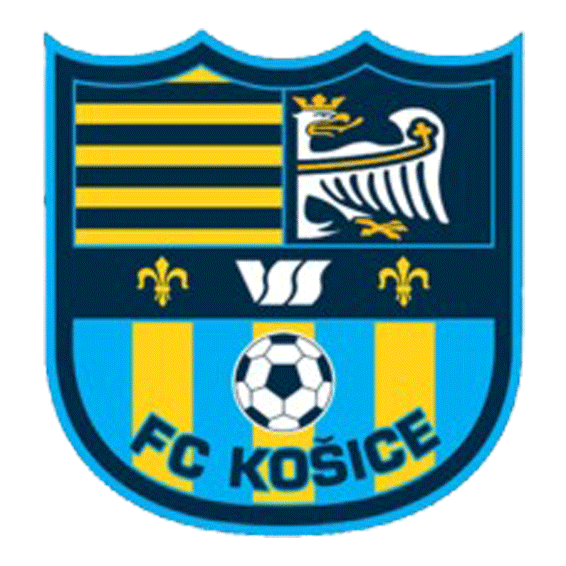
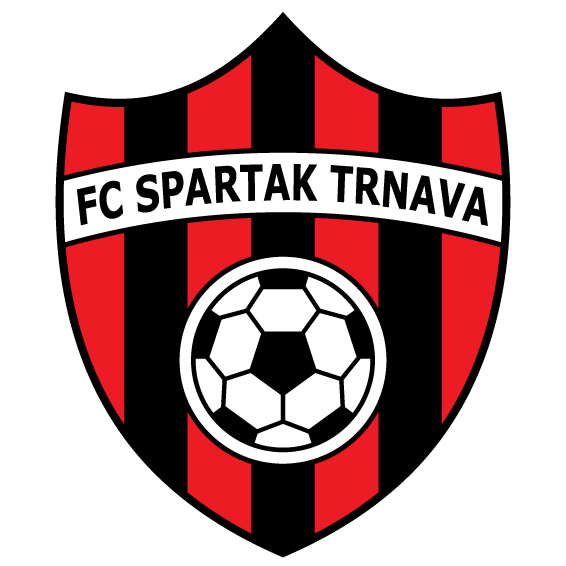
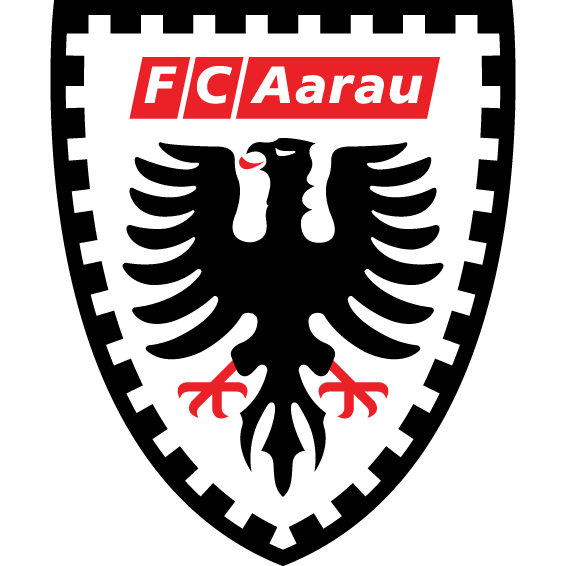


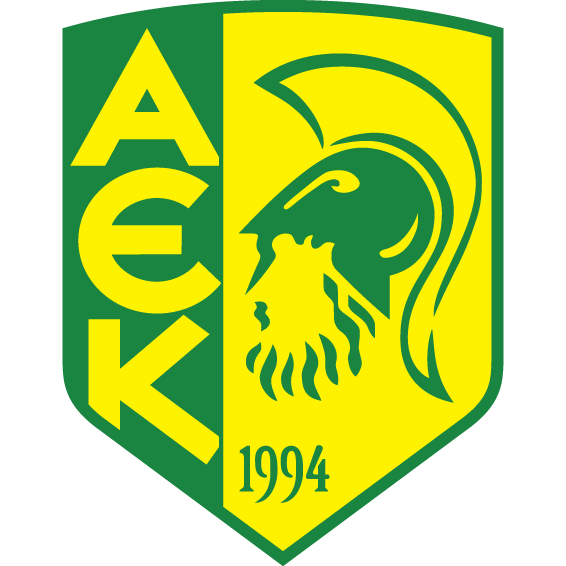





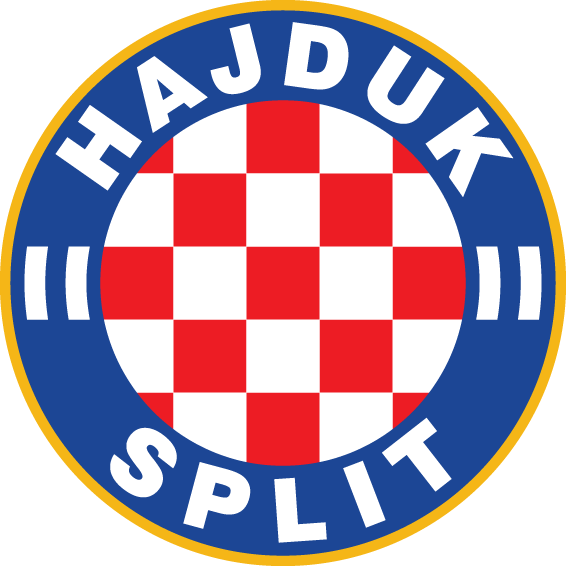
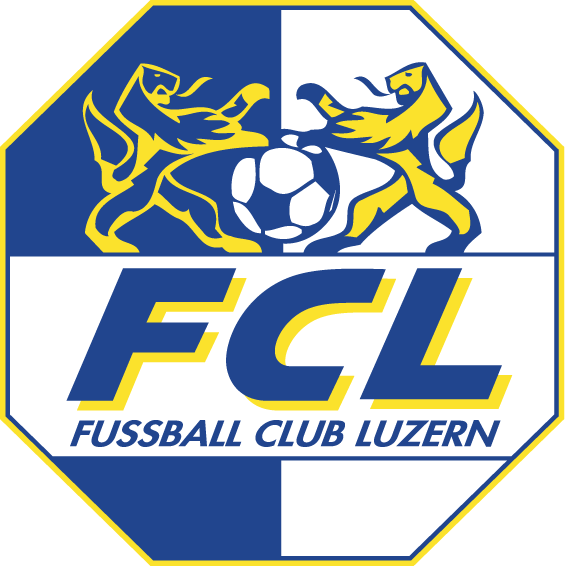
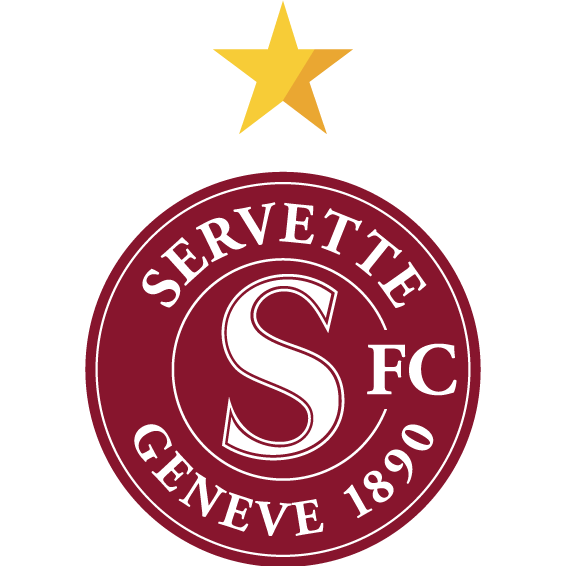
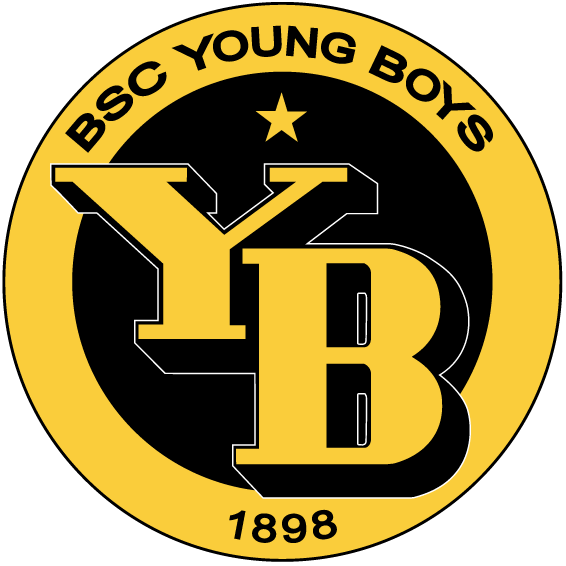
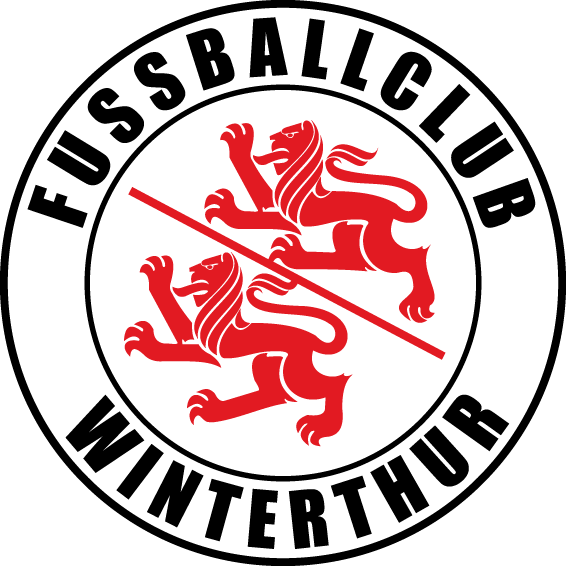
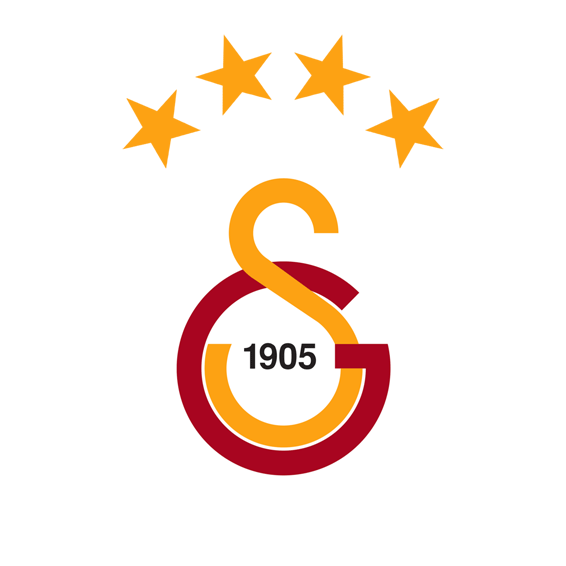
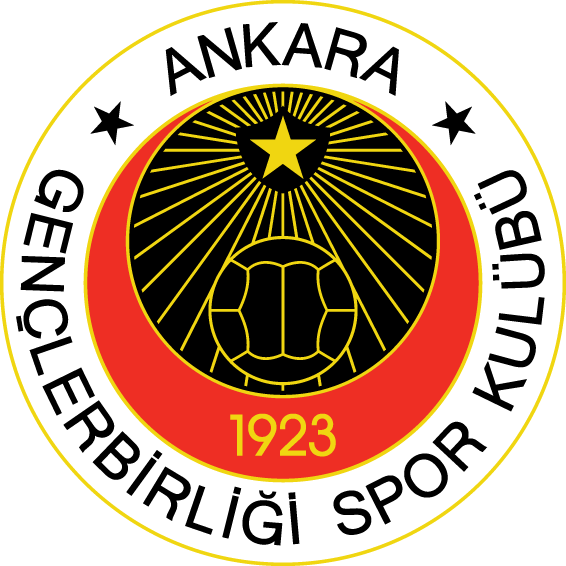

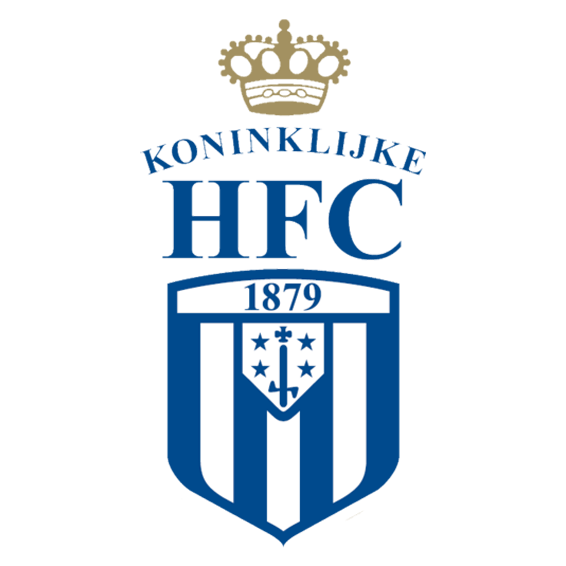


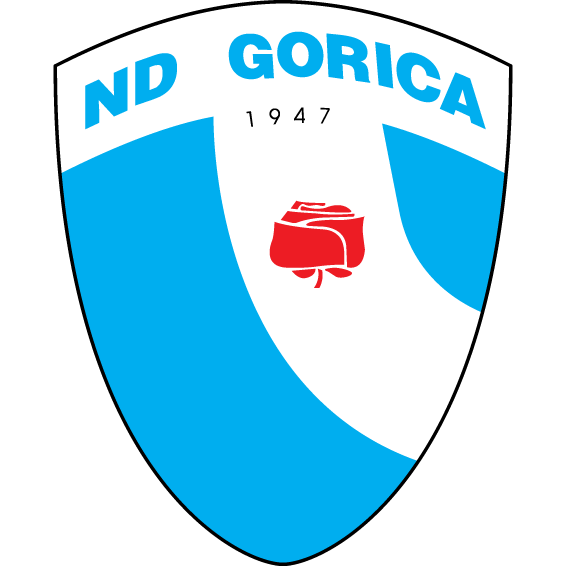

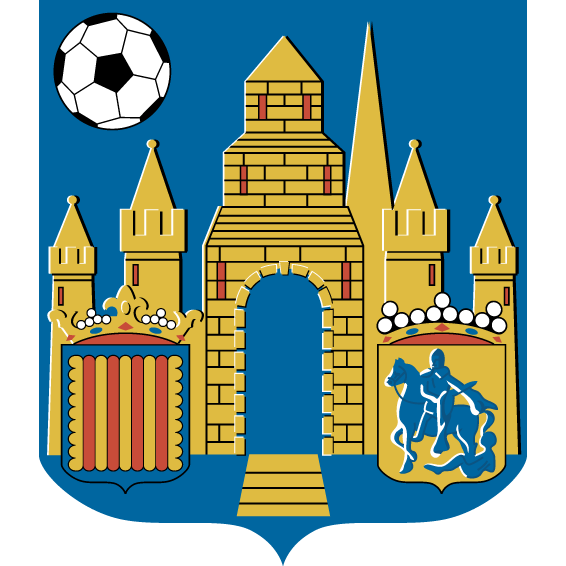
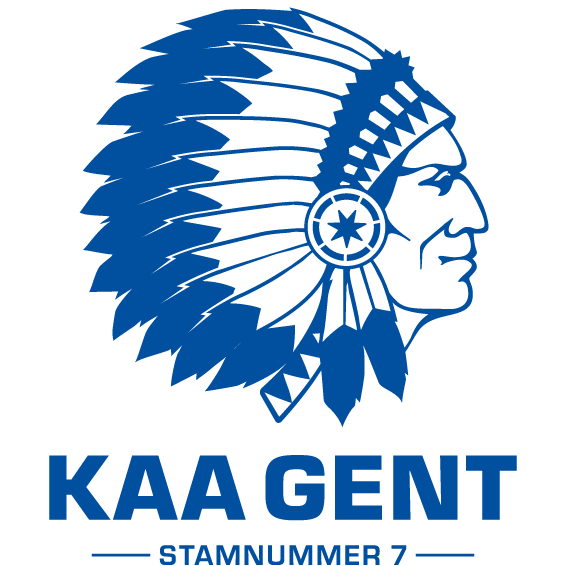
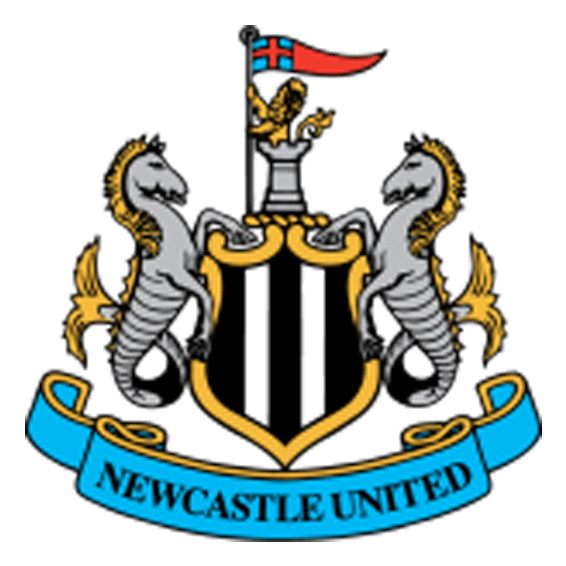
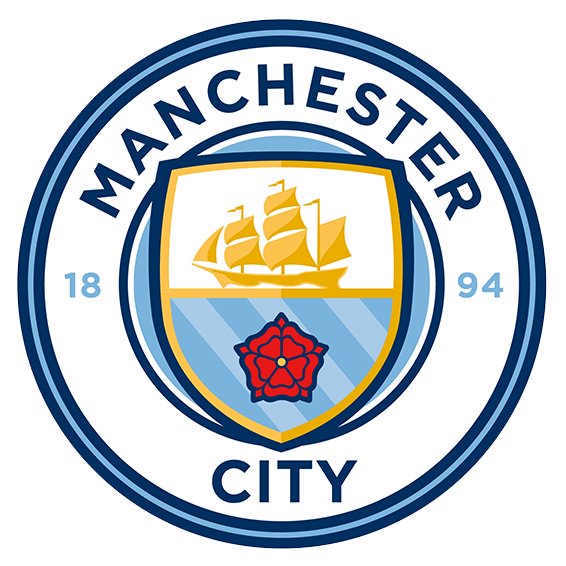
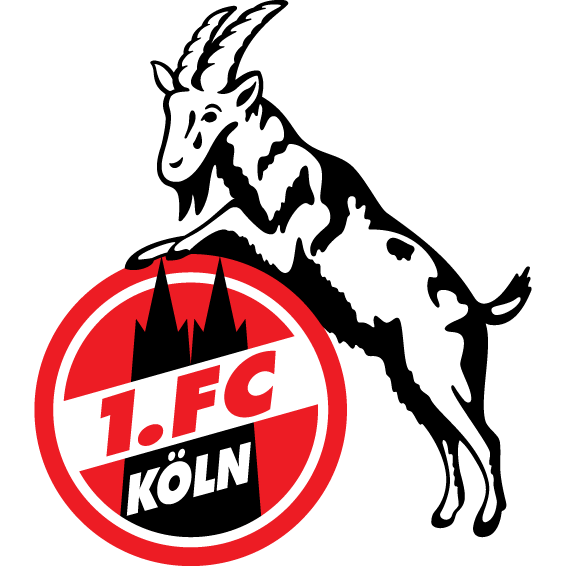







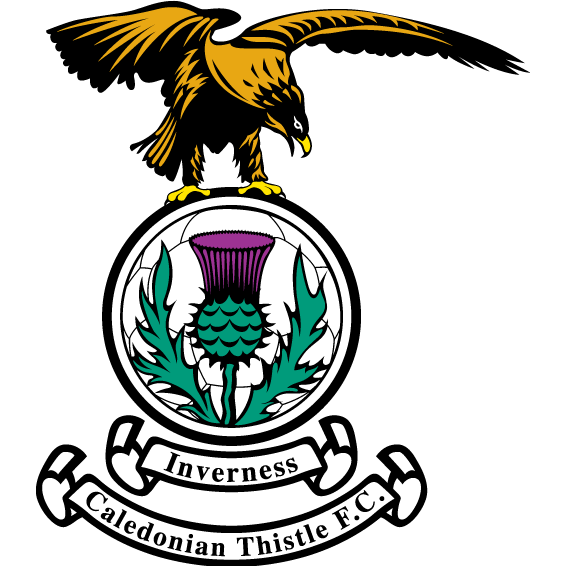
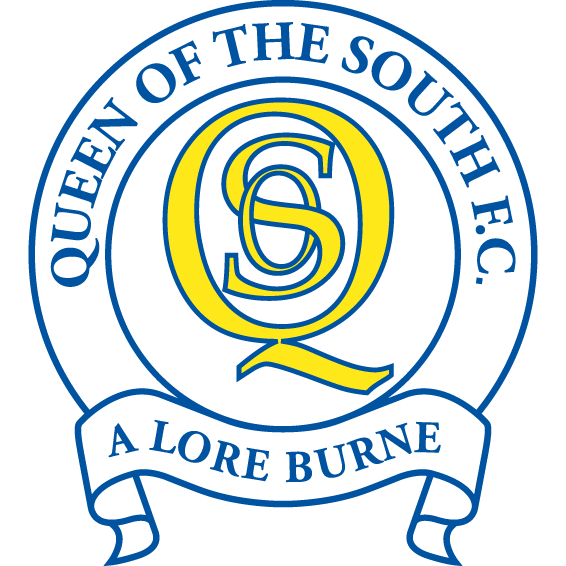



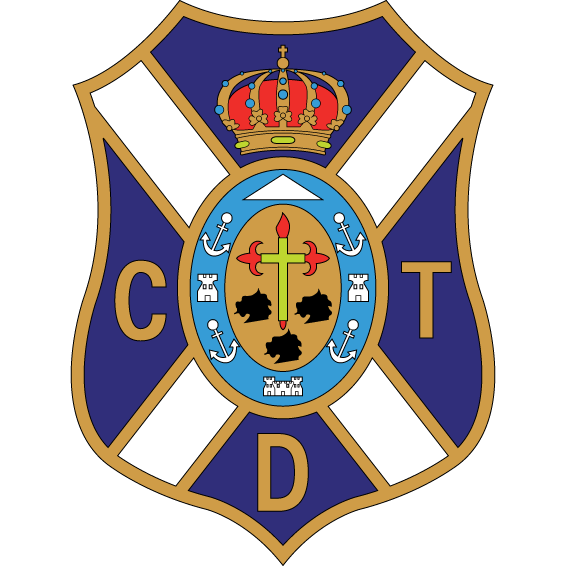

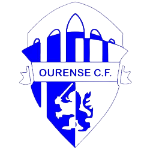

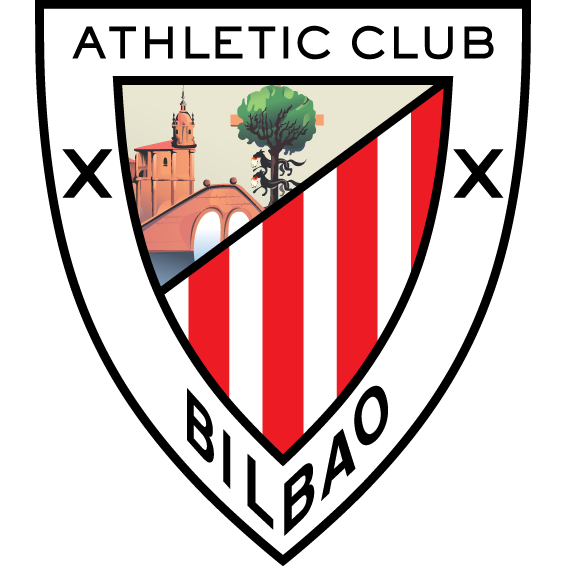
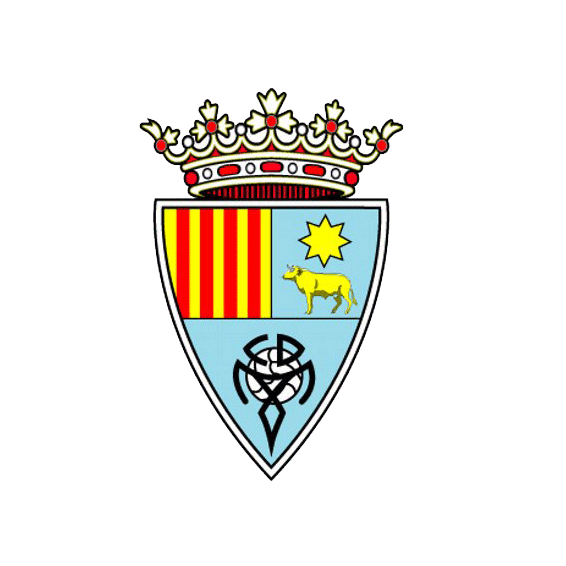


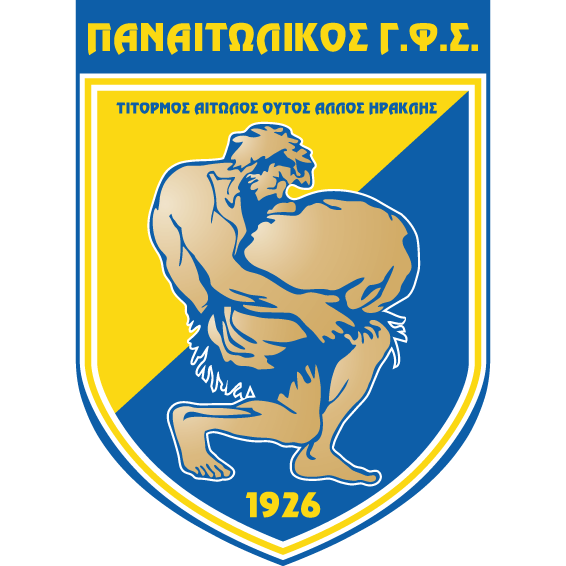
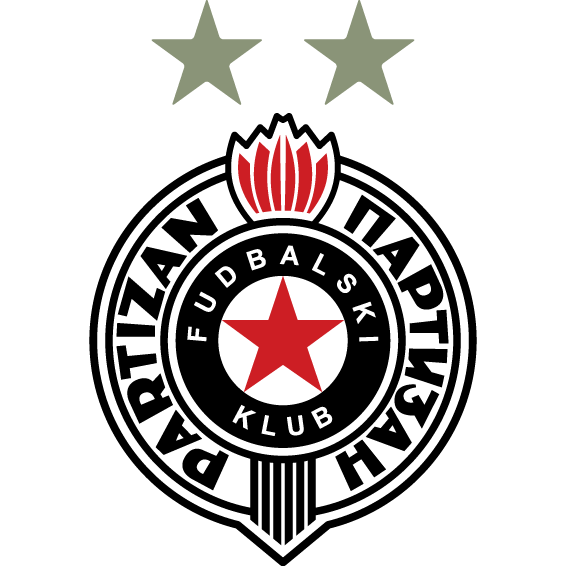

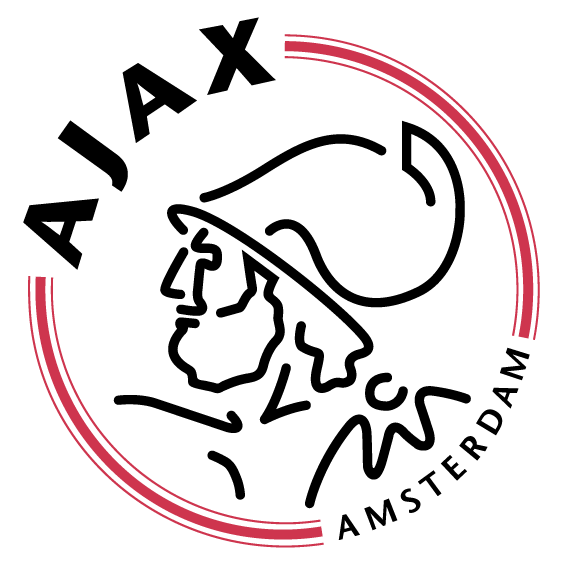
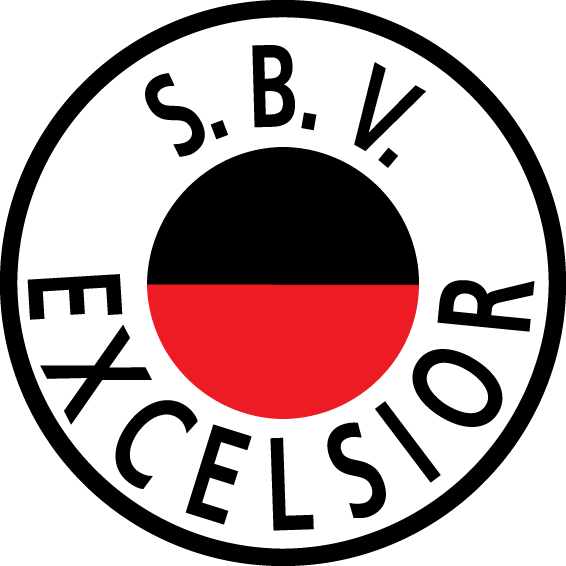
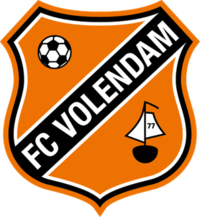
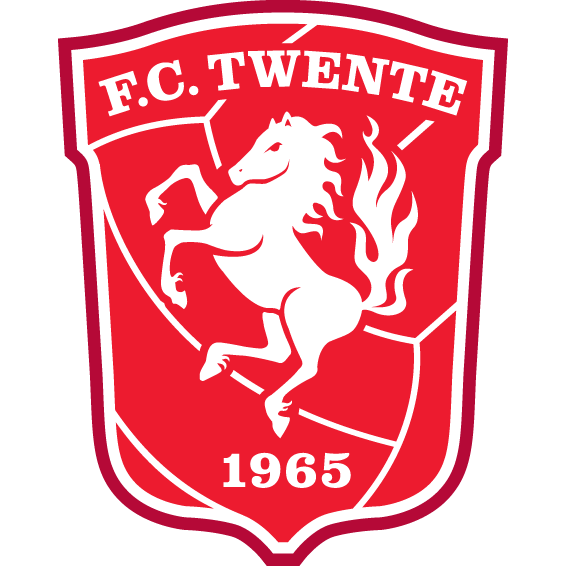
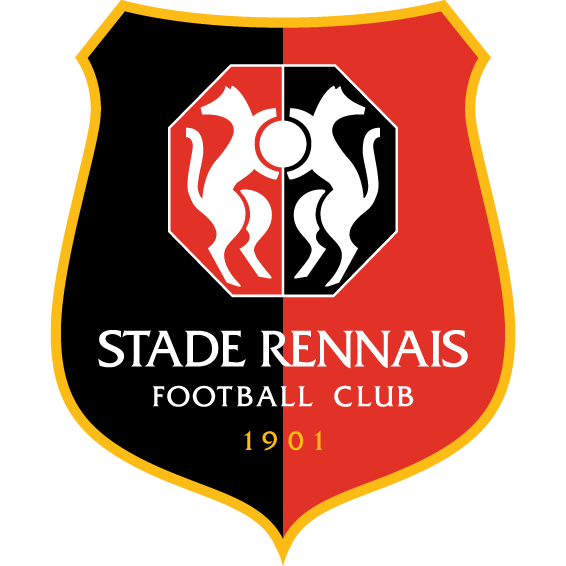


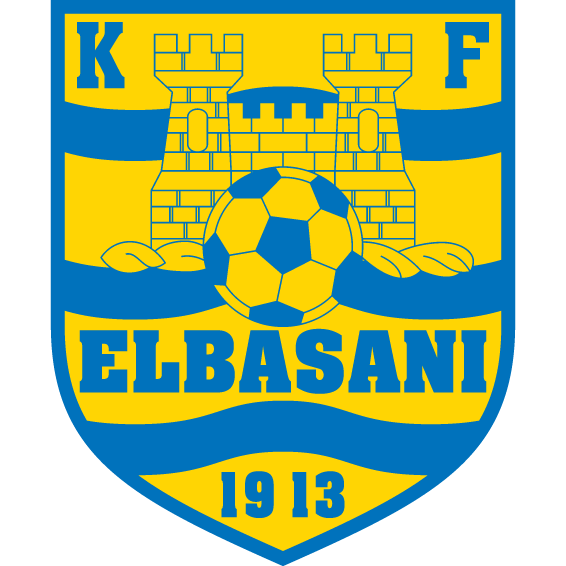
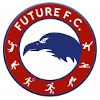




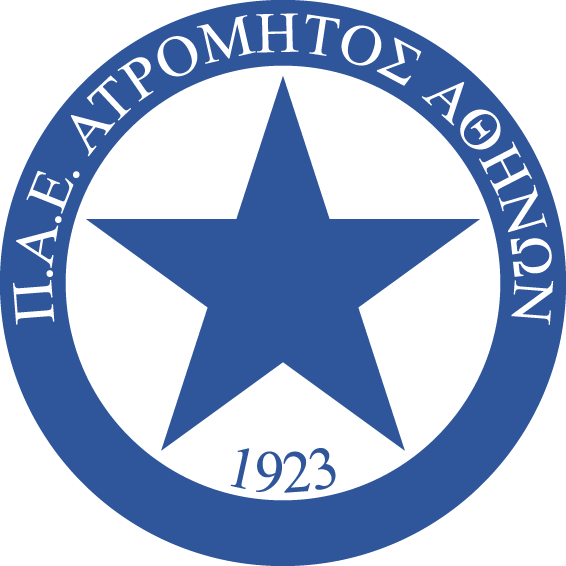



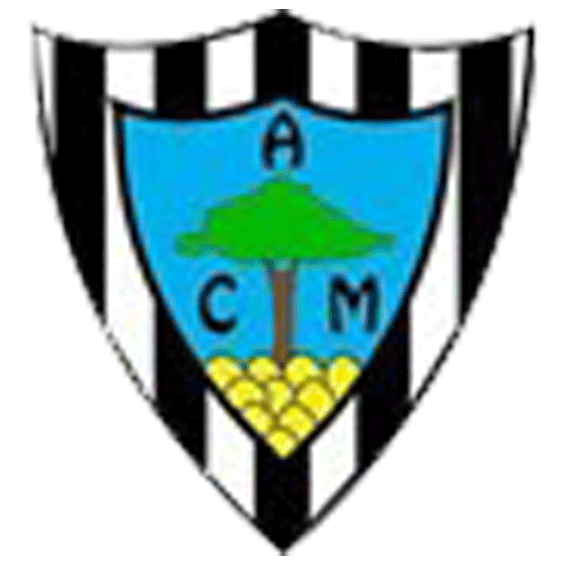


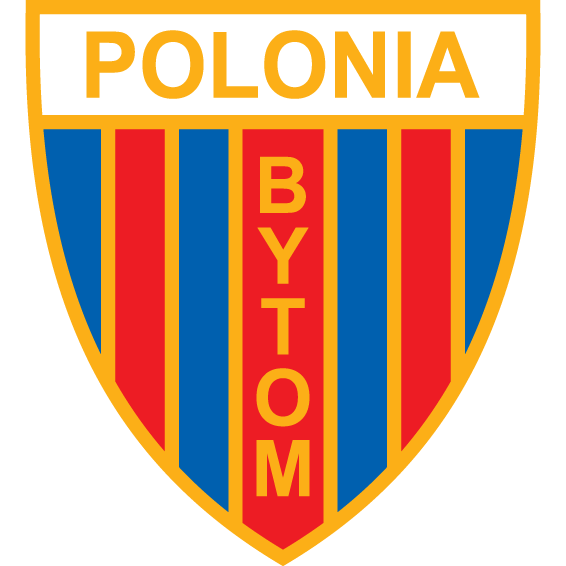


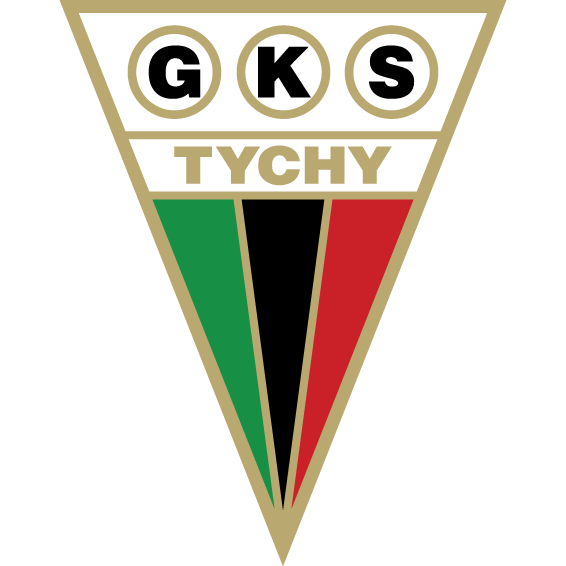

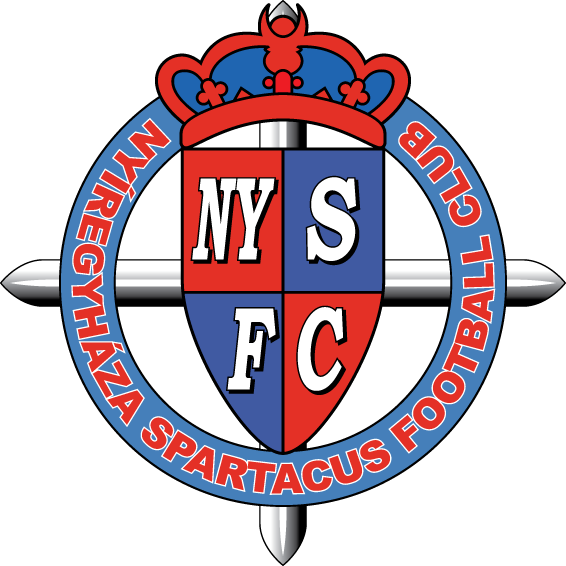
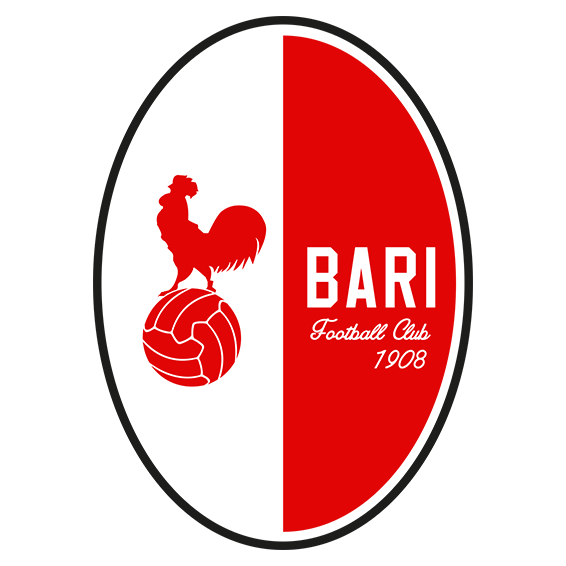
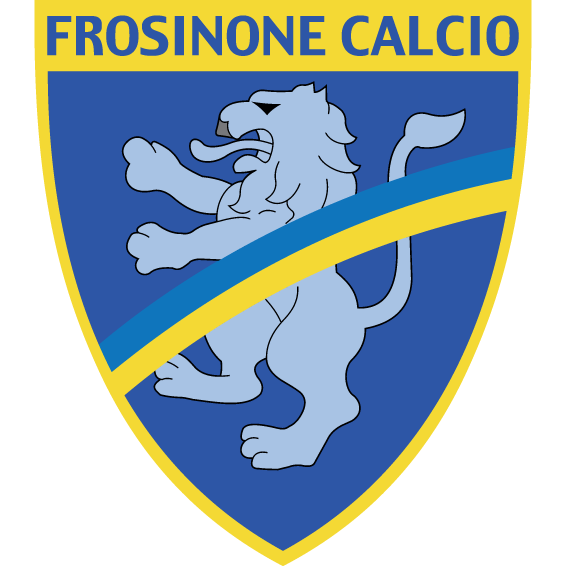

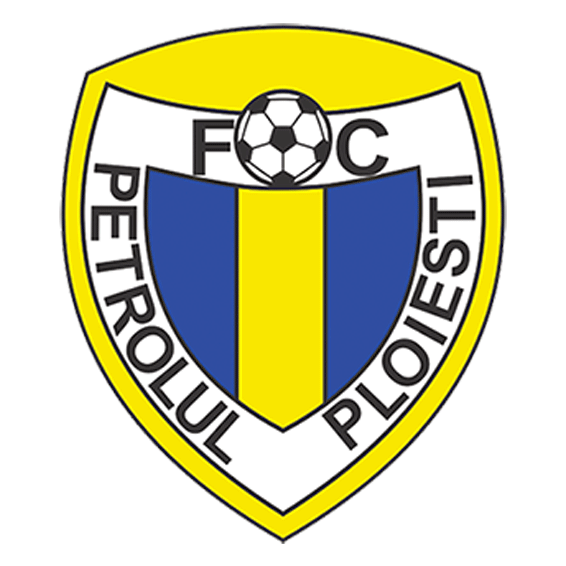
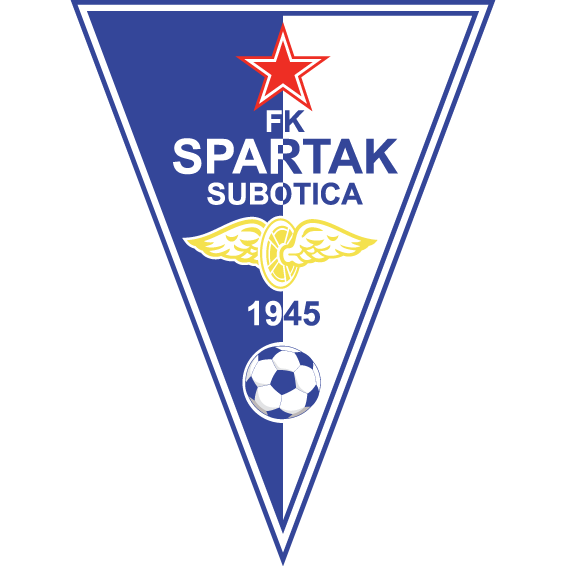

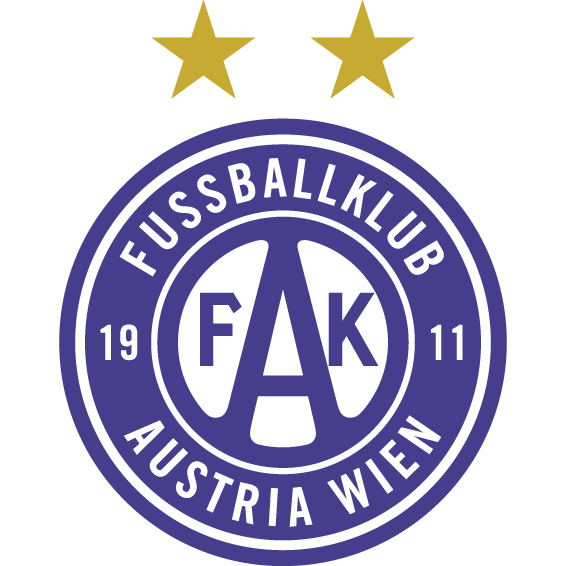
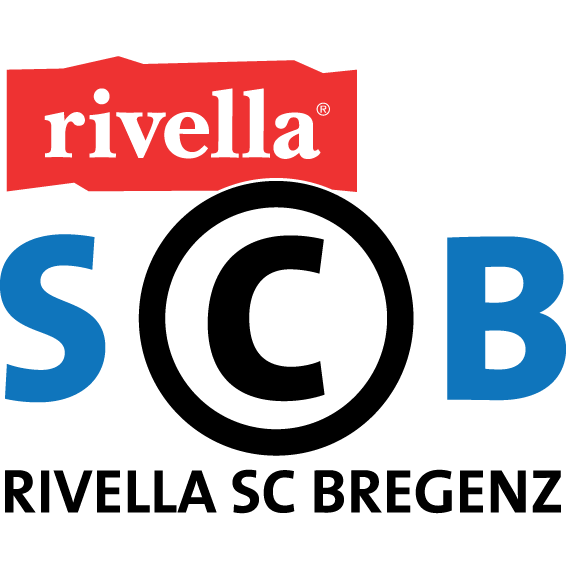
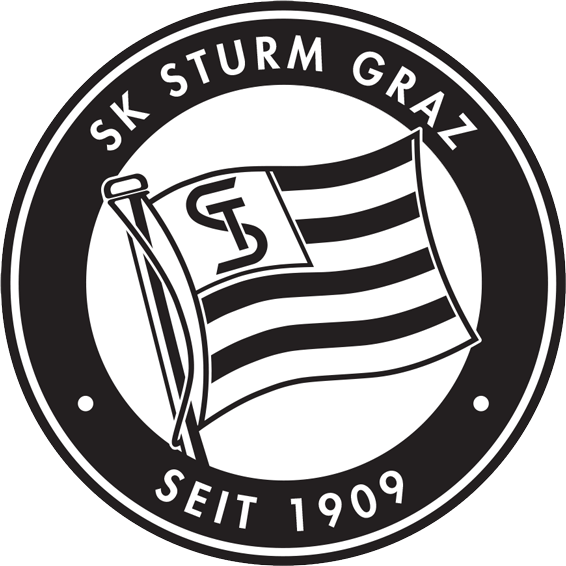


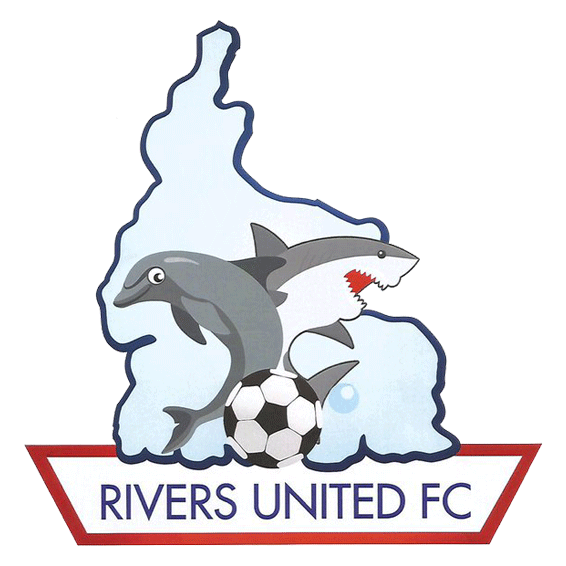

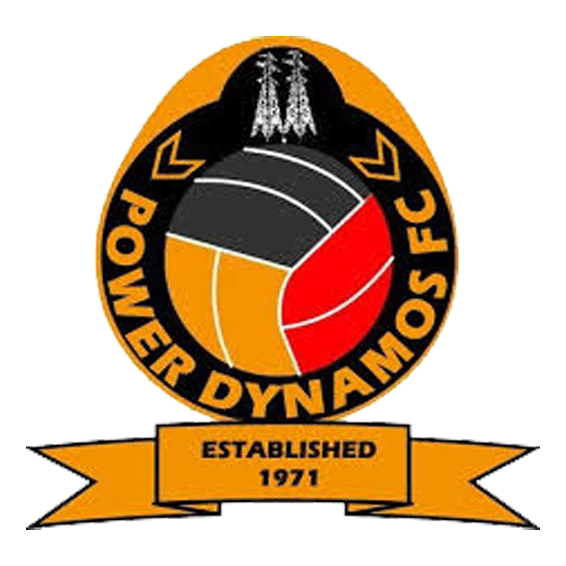
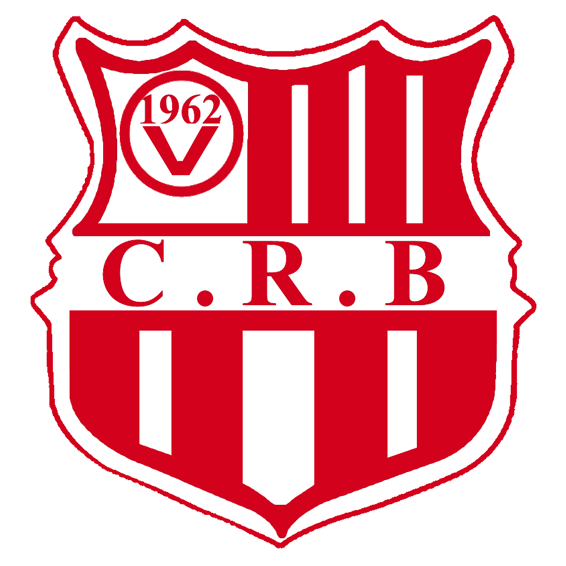




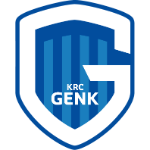
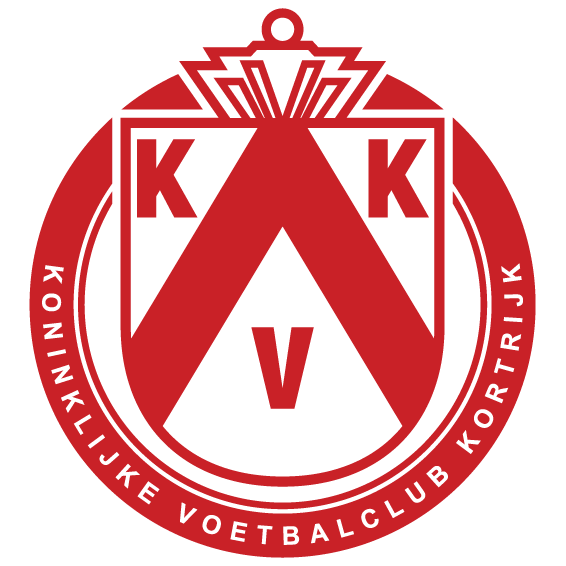

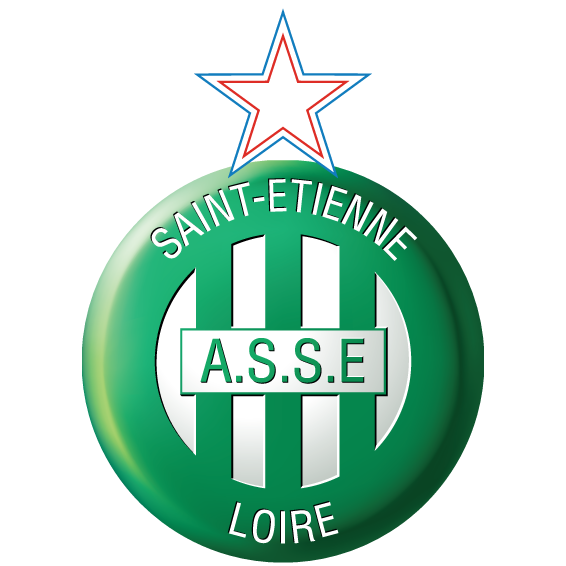

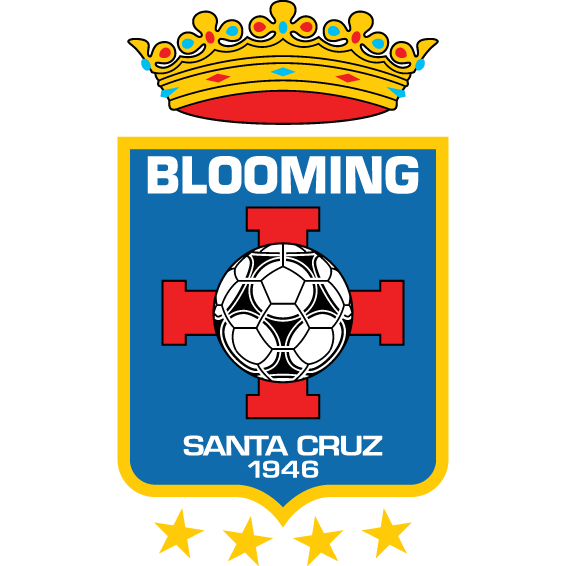


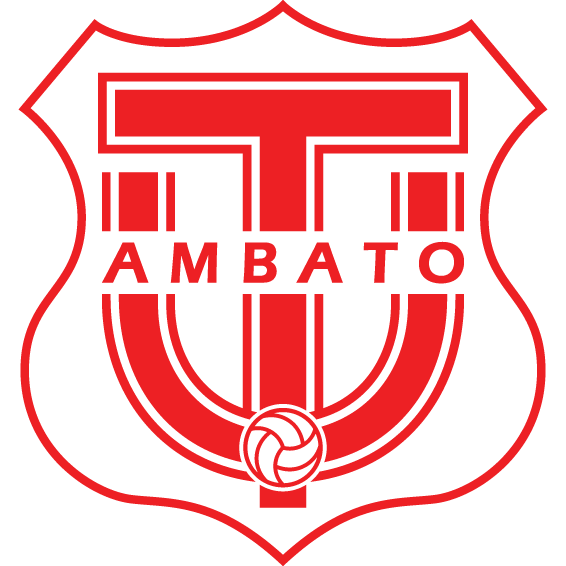
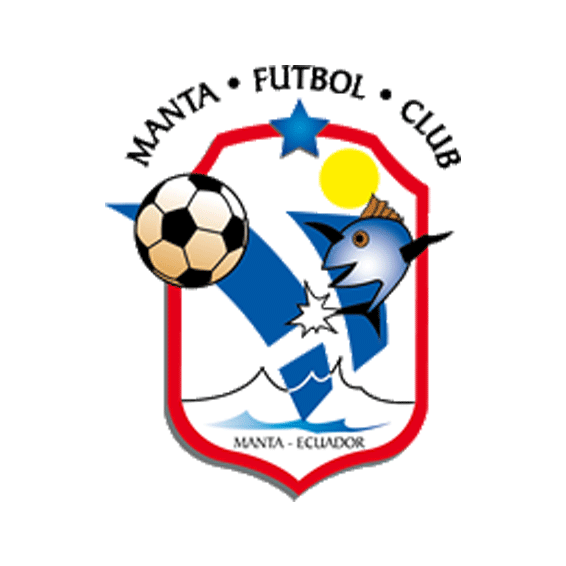
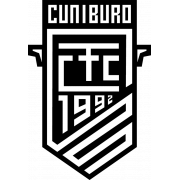




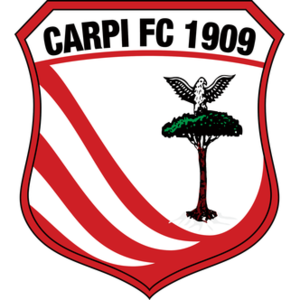
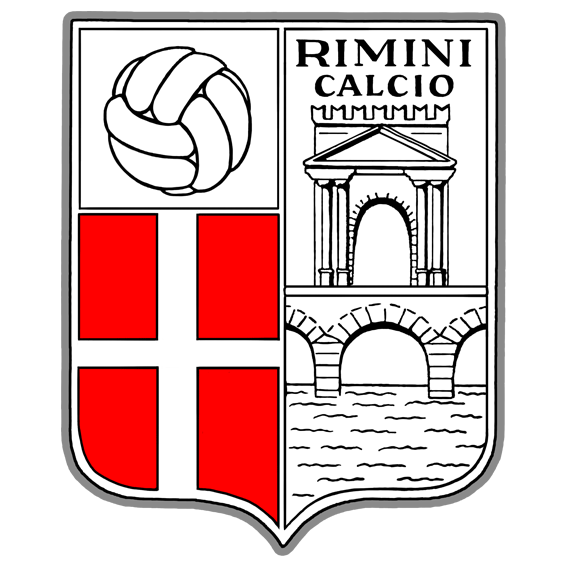
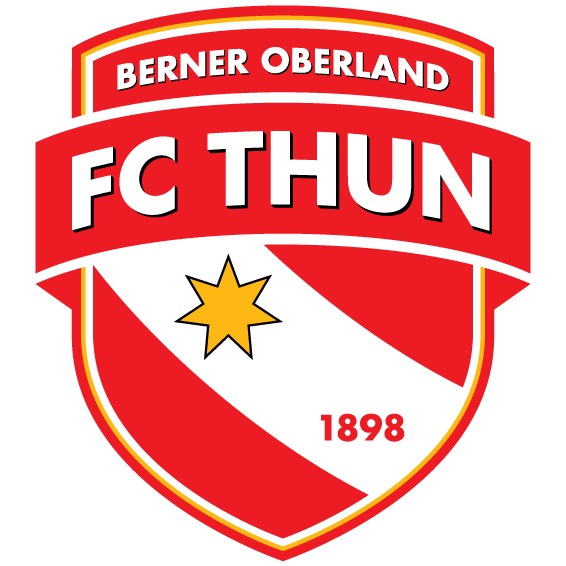
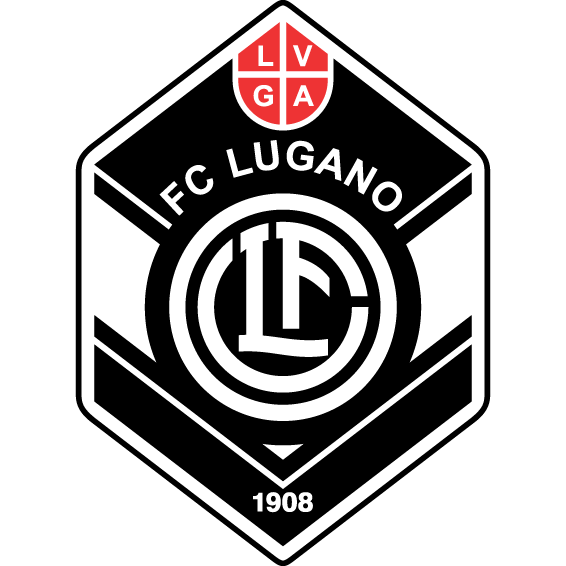

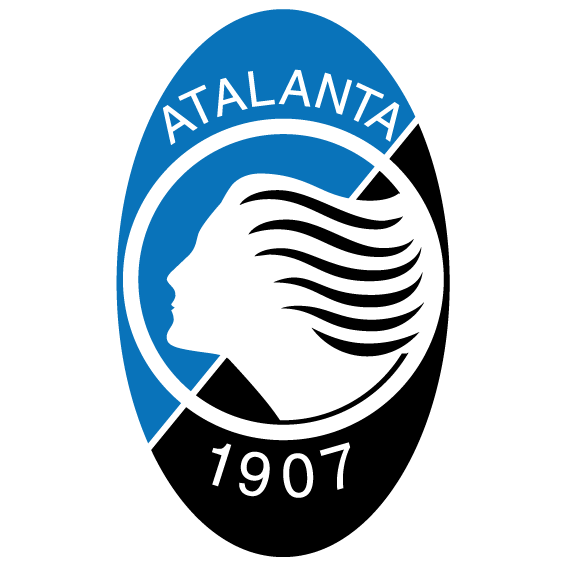

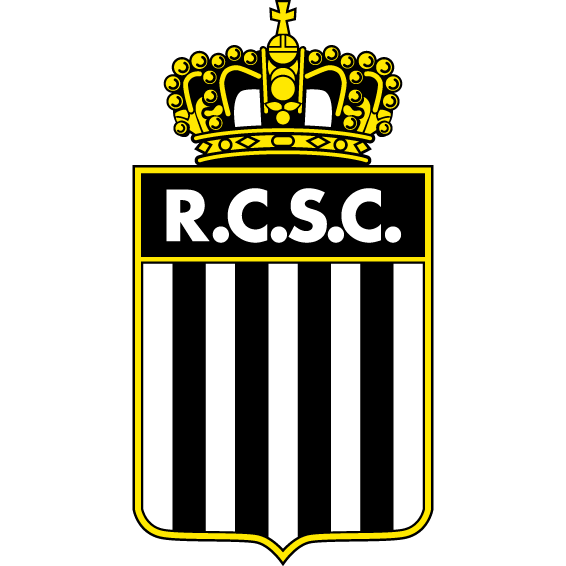
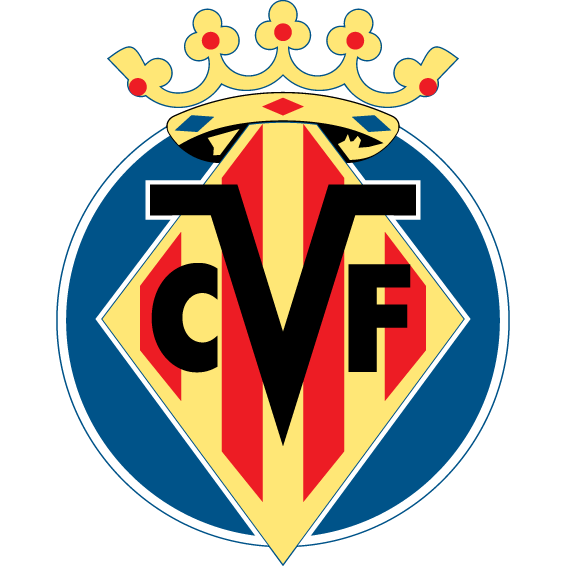


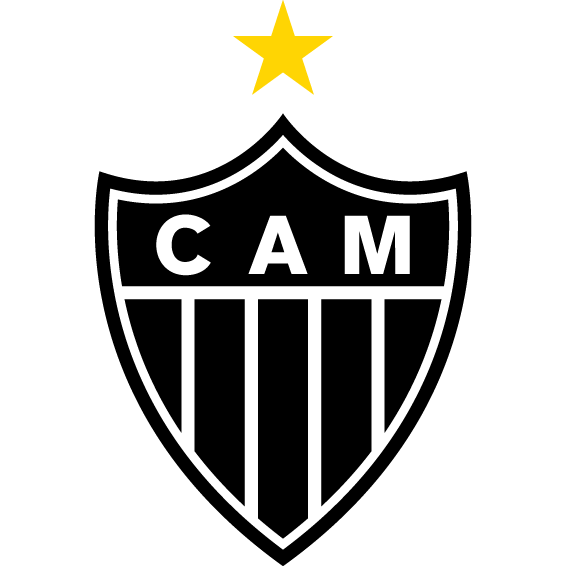
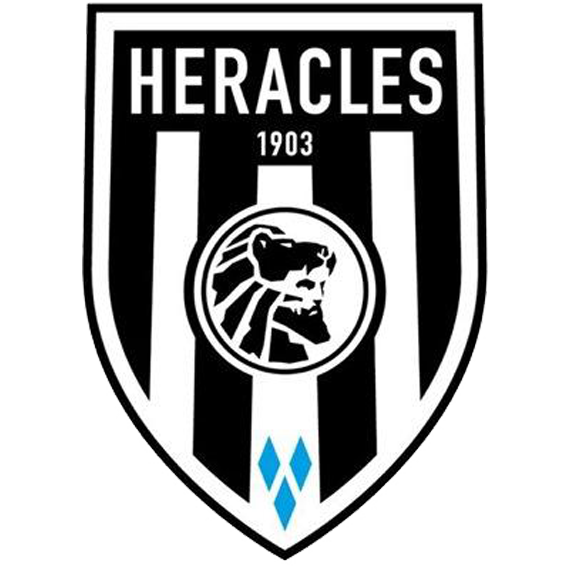
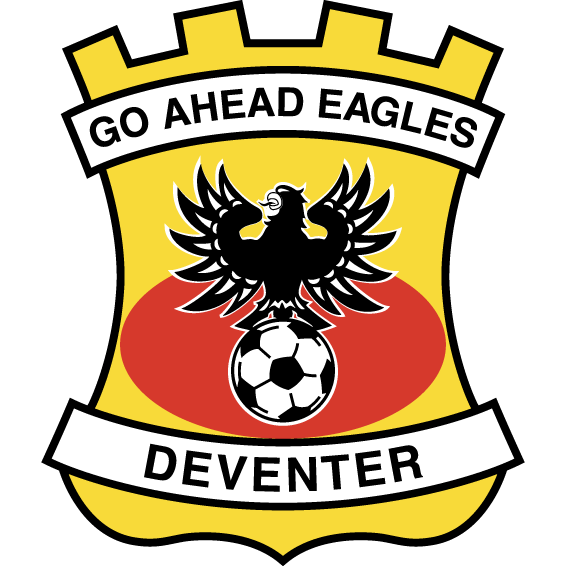
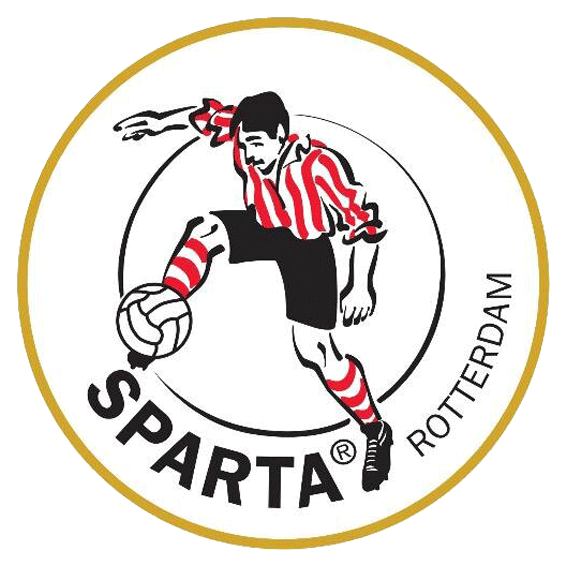
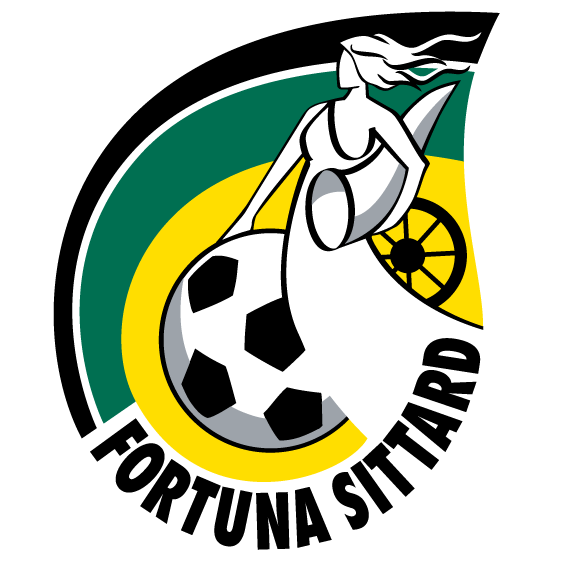


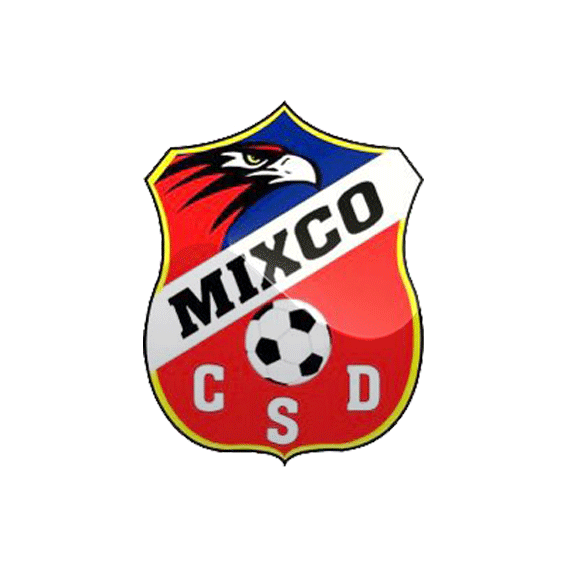
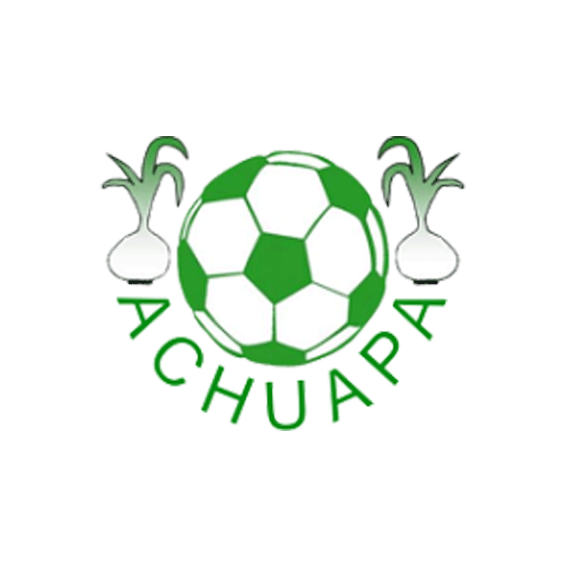
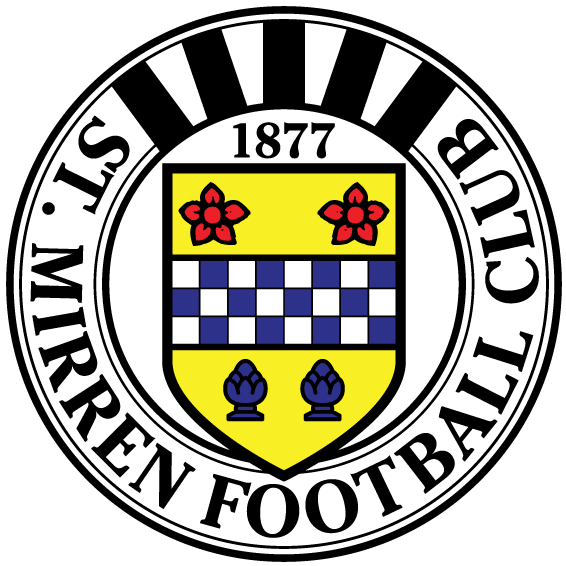
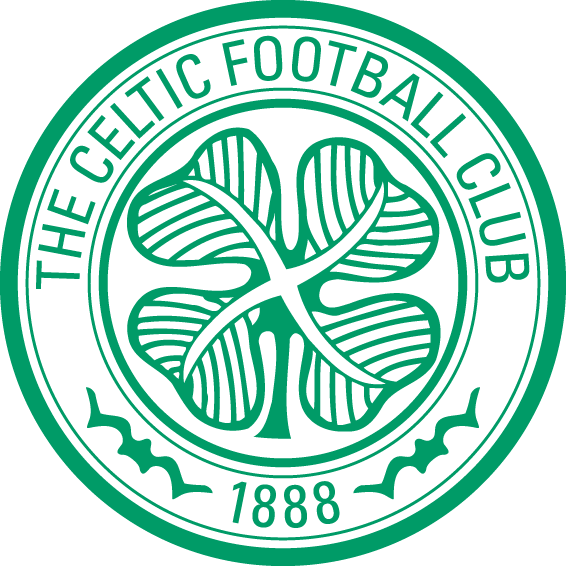


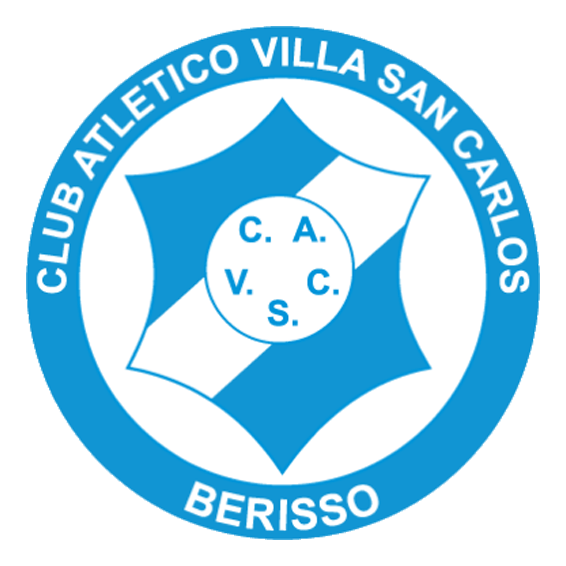

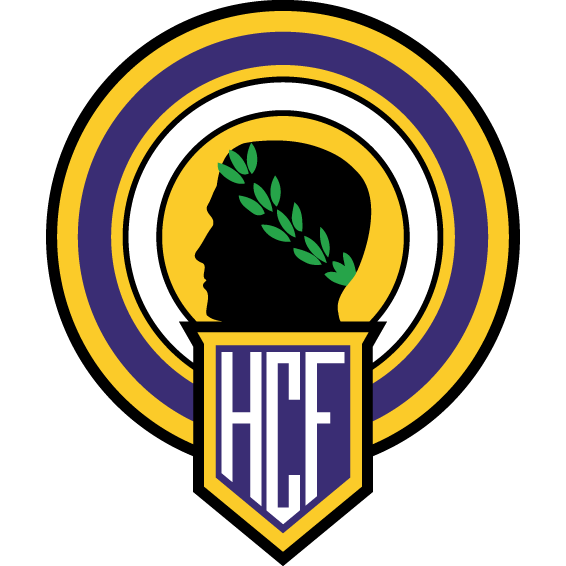

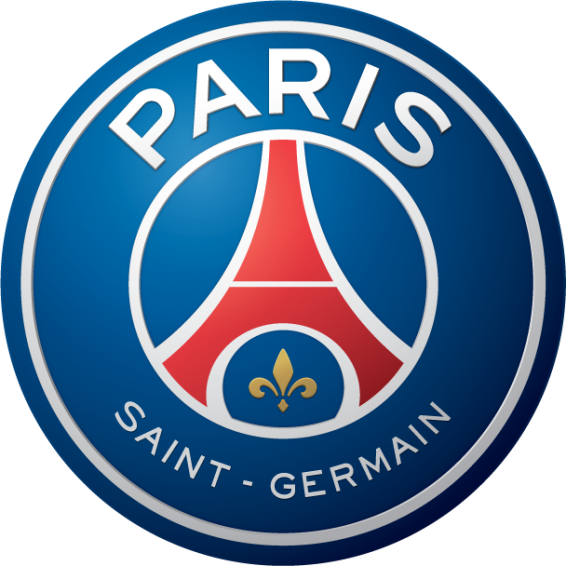
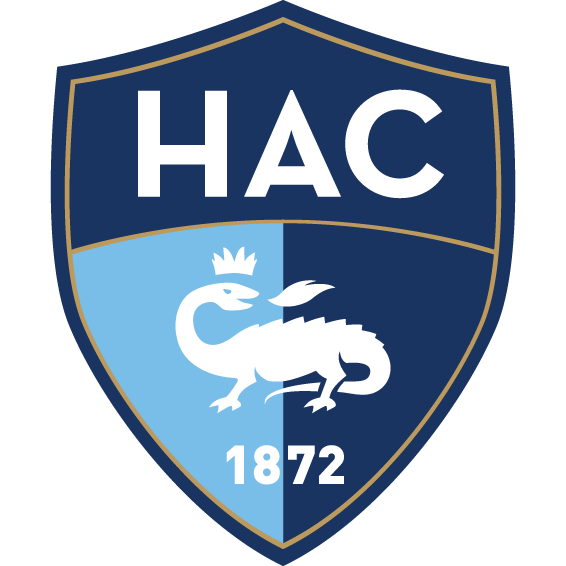

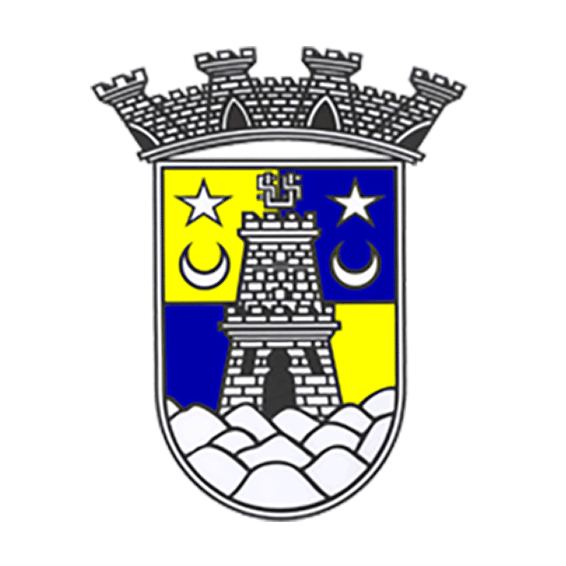

























There are no comments yet. Be the first to comment!